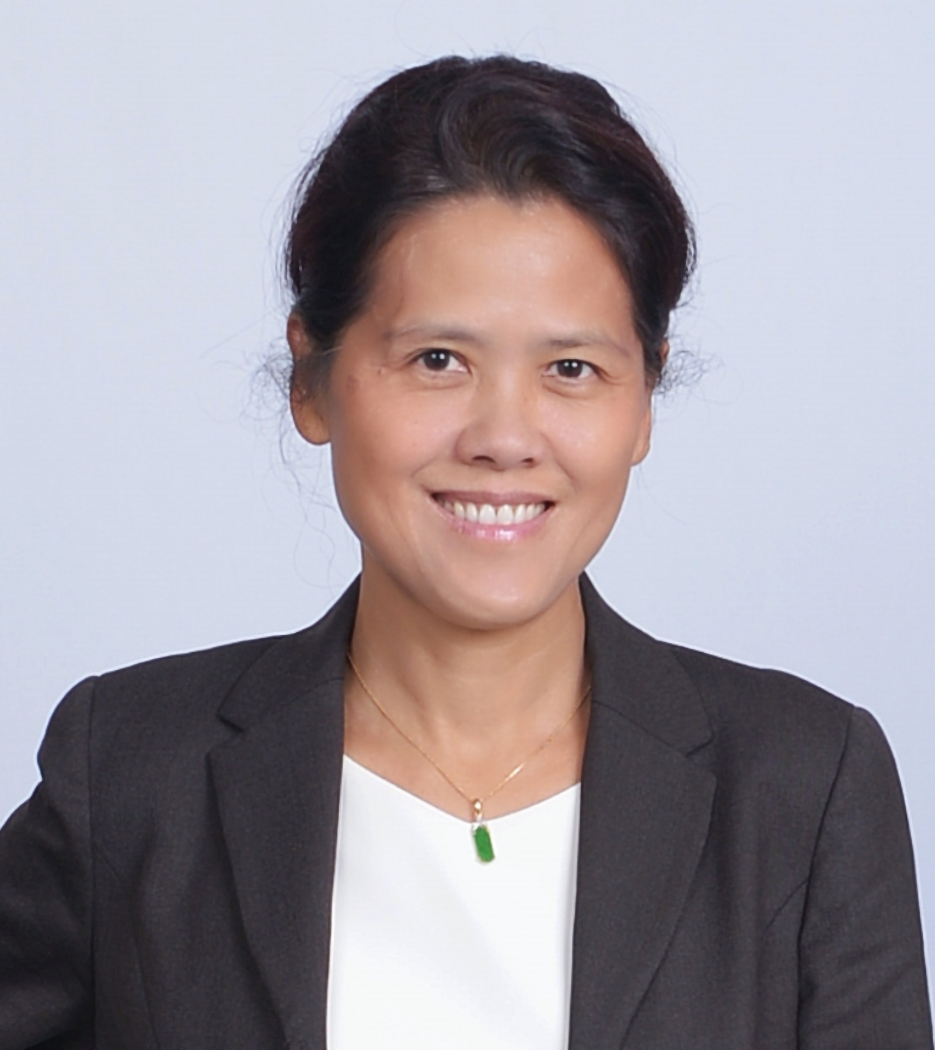Women and girls in science leadership: A new era for sustainability

Guest Author: Julia Lee, PhD
In a world facing unprecedented environmental and societal challenges, the crucial role of science in creating sustainable solutions cannot be overstated. It is imperative that we leverage our collective knowledge and resources to tackle these challenges in innovative ways. Diverse perspectives are often the source of creative new ideas, and on this International Day of Women and Girls in Science, it is important to acknowledge that women are an often-underutilized resource with immense leadership potential for the different perspective and approach to problem solving they can provide. Whilst the imbalance varies from region to region, estimates from the World Economic Forum and the U.S. Bureau of Labor Statistics suggest that women make up less than 30 percent of the science, technology, engineering, and mathematics (STEM) workforce worldwide – concerning – given the high technology demands of Industry 4.0.
How can we increase women's representation and leadership in STEM so that they can contribute more alongside their men counterparts to problem solving for the planet? How do we encourage more girls to pursue jobs in STEM fields? In my 2021 keynote lecture to the United Nations Development Programme, I offered a global view on culprits contributing to the loss of women talent at progressive stages of advancement, including stereotypes, lack of resources and social capital, and under-representation as a function of geography and different stages of education and professional development. I also offered conjectures for intervention, highlighting the need for early investment in STEM education for girls and confidence-building, breaking cultural stereotypes, and providing more women role models. Given the costly upfront investments needed for STEM proficiency, employers should also consider better strategies to attract and retain women by addressing the motherhood and/or caregiver penalties and making concerted efforts towards pay and advancement parity.
Conjectures aside, why is STEM so deeply entrenched in occupational segregation along gender lines, especially in this technology-centric age? It is becoming increasingly clear that STEM curricula in this era need to go beyond the technical as automation and fast computation shifts the human burden to invention and ensuring ethical decision making. Such needs can only benefit from diverse inclusive perspectives.
With that in mind, how do we encourage more young women and girls to pursue jobs in STEM fields? Is the answer to this as simple and complex as asking the question “What motivates women and girls, especially at the high school and university levels?” Recognizing and supporting these motivations can help to encourage more women and girls to take up jobs in STEM fields with confidence despite obstacles. There is numerous evidence to suggest that many women and girls are drawn to careers where they can contribute to solving social issues and making a positive impact on society. Should we be reframing our science and engineering classes to highlight how STEM skills are crucial tools in tackling the challenges of our time, and the world that is shaped by Industry 4.0? A case study conducted at the Eindhoven University shows that this hypothesis may have merit. In rebranding their engineering program to highlight more socially focused problem solving, they were able to demonstrate a dramatic increase in woman student engagement compared to the technology/gadget marketing that traditionally appealed to men.
To the aspiring scientists, engineers, and innovators out there, find your passion! This is the open secret to overcoming obstacles, however numerous and seemingly insurmountable. If STEM is to be part of the equation, know that science is embedded in all aspects of our lives. Whether your interest lies in animals, cosmetics, or rockets, STEM skills are applicable across all fields. Imagine the science of cooking, wearable technology, the atoms that are us; limitless possibilities are before you!
Circling back to sustainability and the value of diverse perspectives for tackling present day challenges, the United Nations recognizes the critical role women play in achieving the Sustainable Development Goals (SDGs). The UNDP-UNICEF STEM4ALL platform and its STEMinists Network serve as centralized hub for resources and for engaging with a worldwide community of innovators. It fosters collaboration, facilitates transfer of knowledge, and promotes learning opportunities among those committed to making a difference. I, myself, have found this community of change-makers inspiring and an innovative platform for learning and engaging with new perspectives and practices.
Let's use this day to recommit ourselves to supporting, celebrating, and empowering women and girls in science. Join me, STEM4ALL, and the global STEMinist network in this crucial mission. Together, we can innovate for the well-being of our planet, leveraging STEM advancements to tackle critical SDG issues and pave the way for a sustainable future.
Dr. Julia Lee is a member of the STEMinists Network, Disruptive Innovator, Global Strategist, STEM advocate, Sustainability Champion and Astrophysicist.

